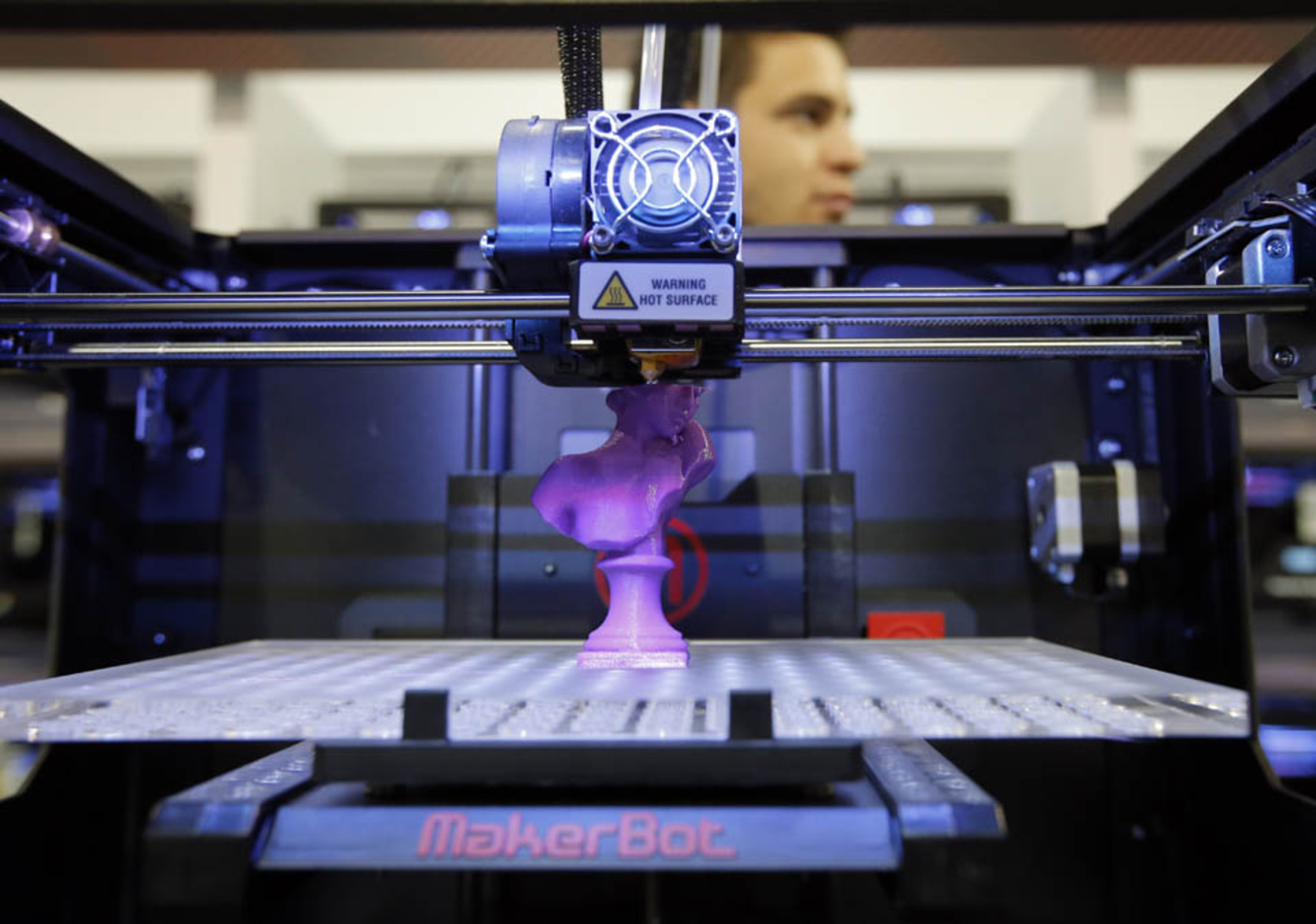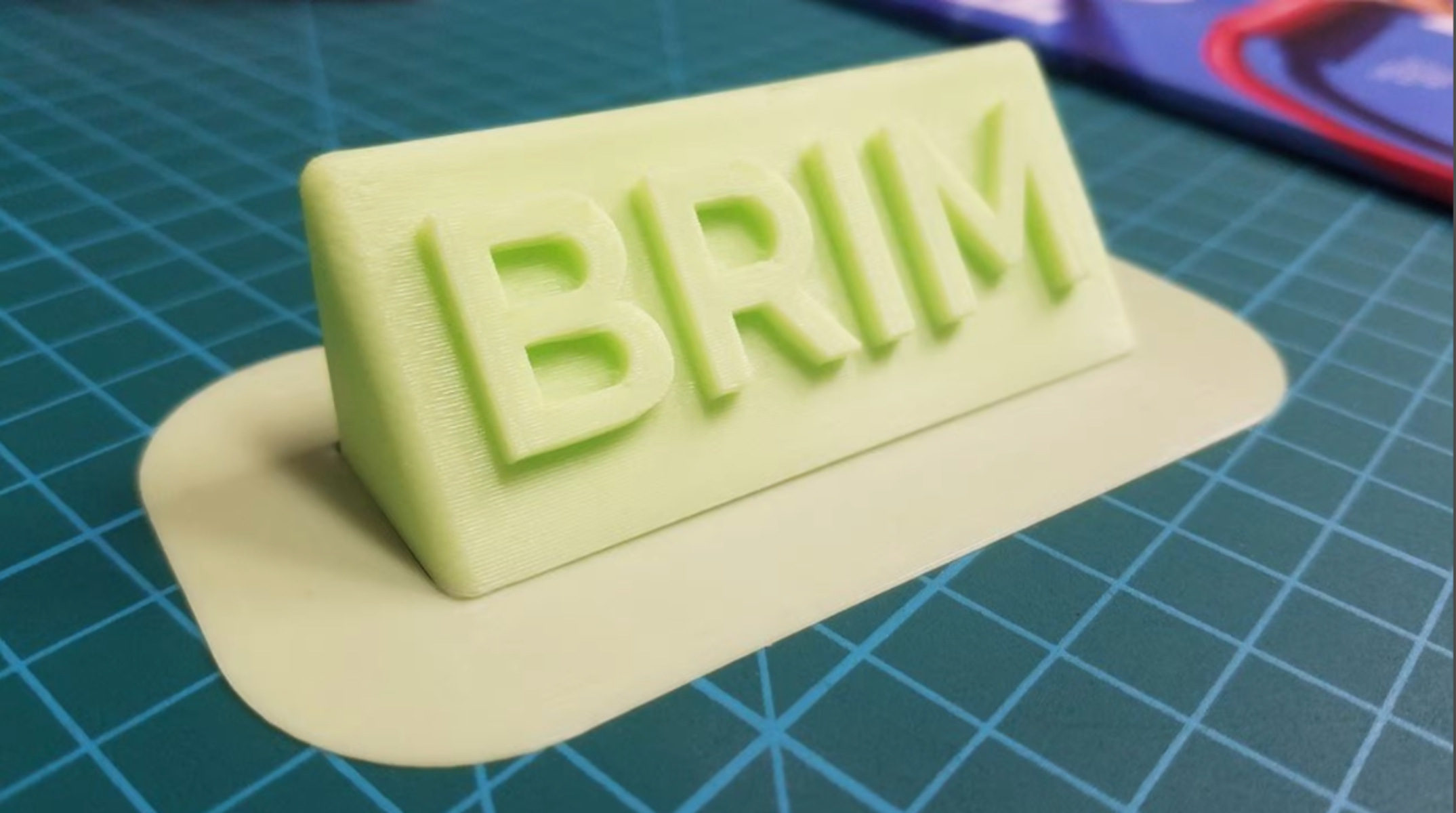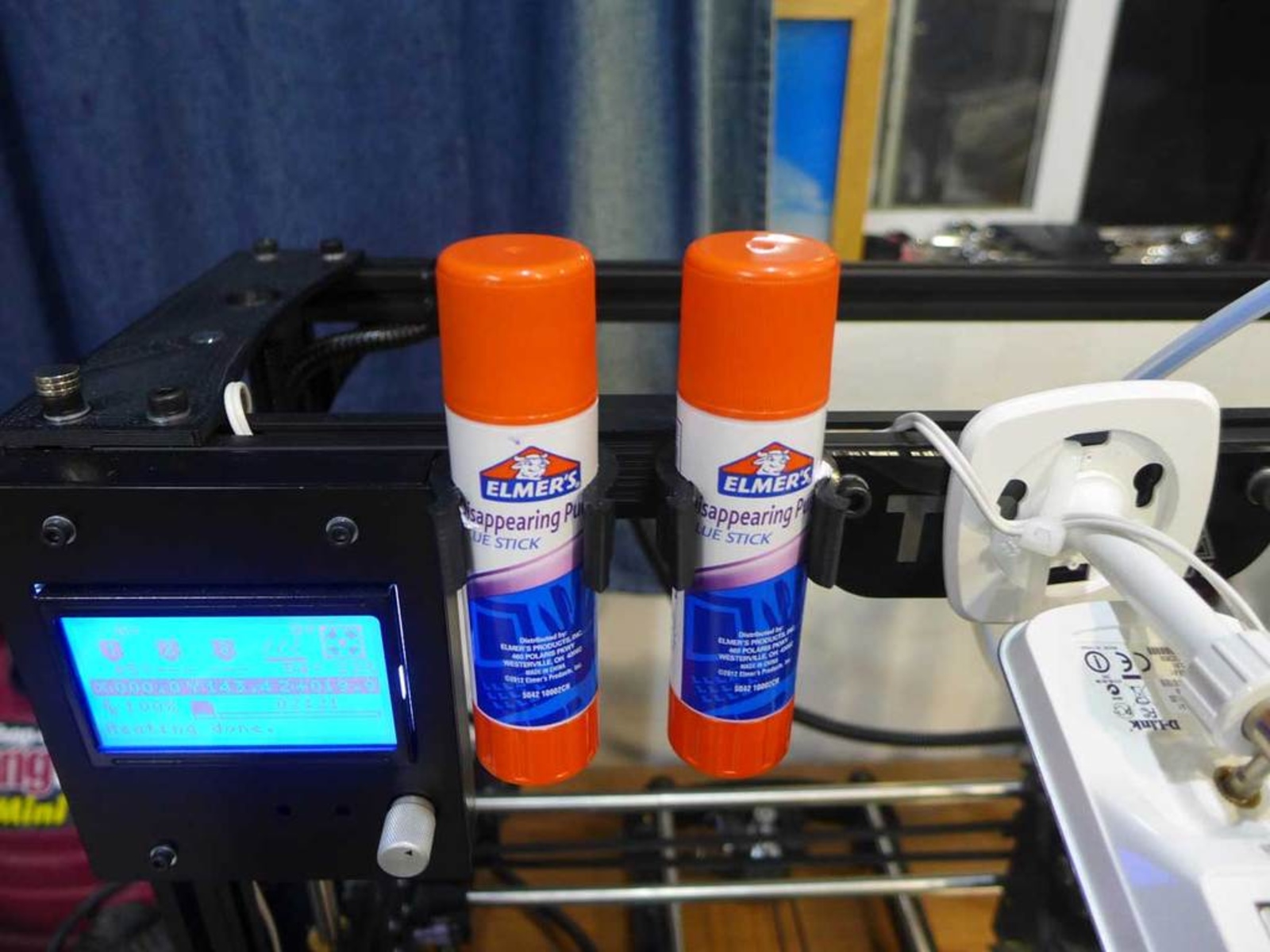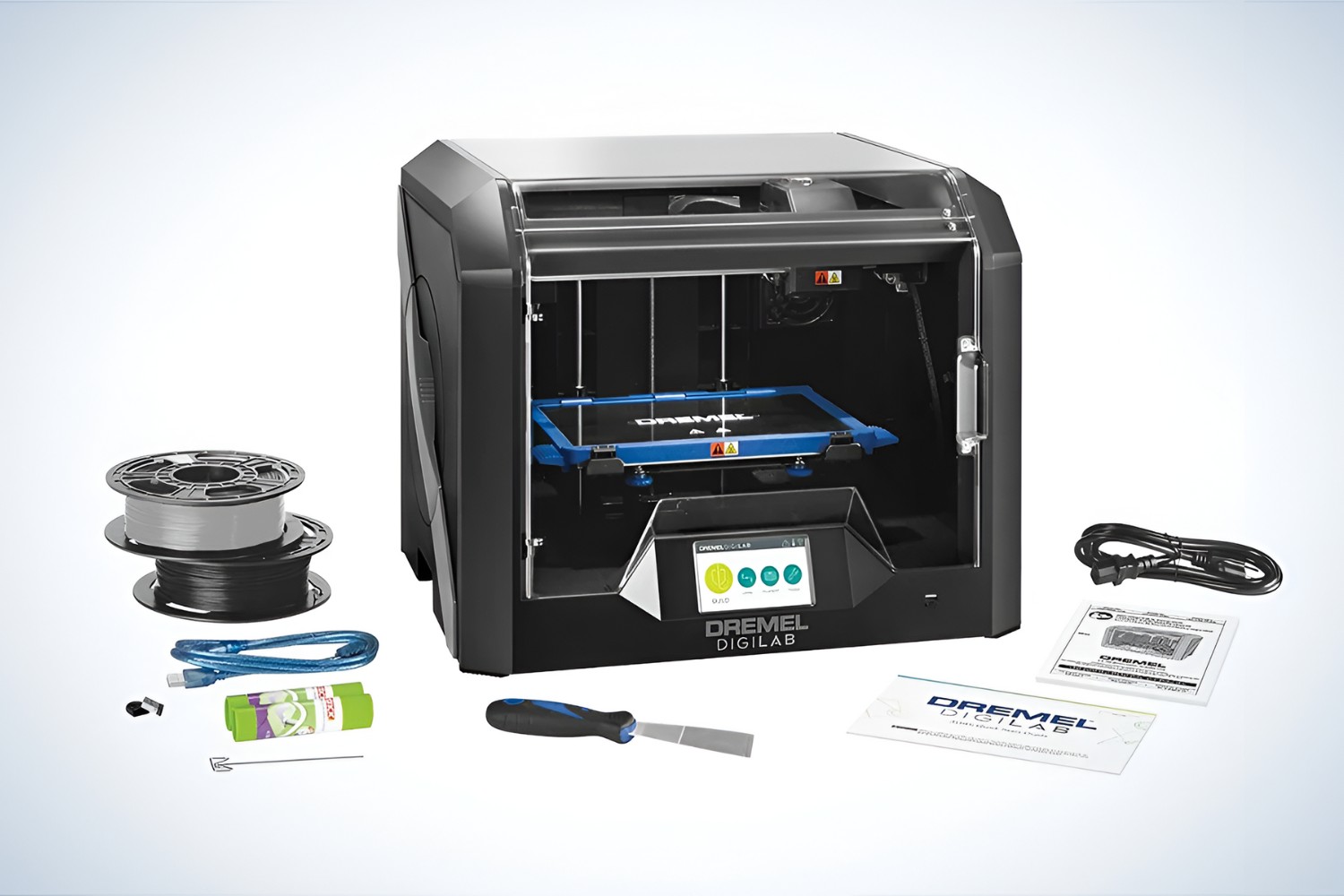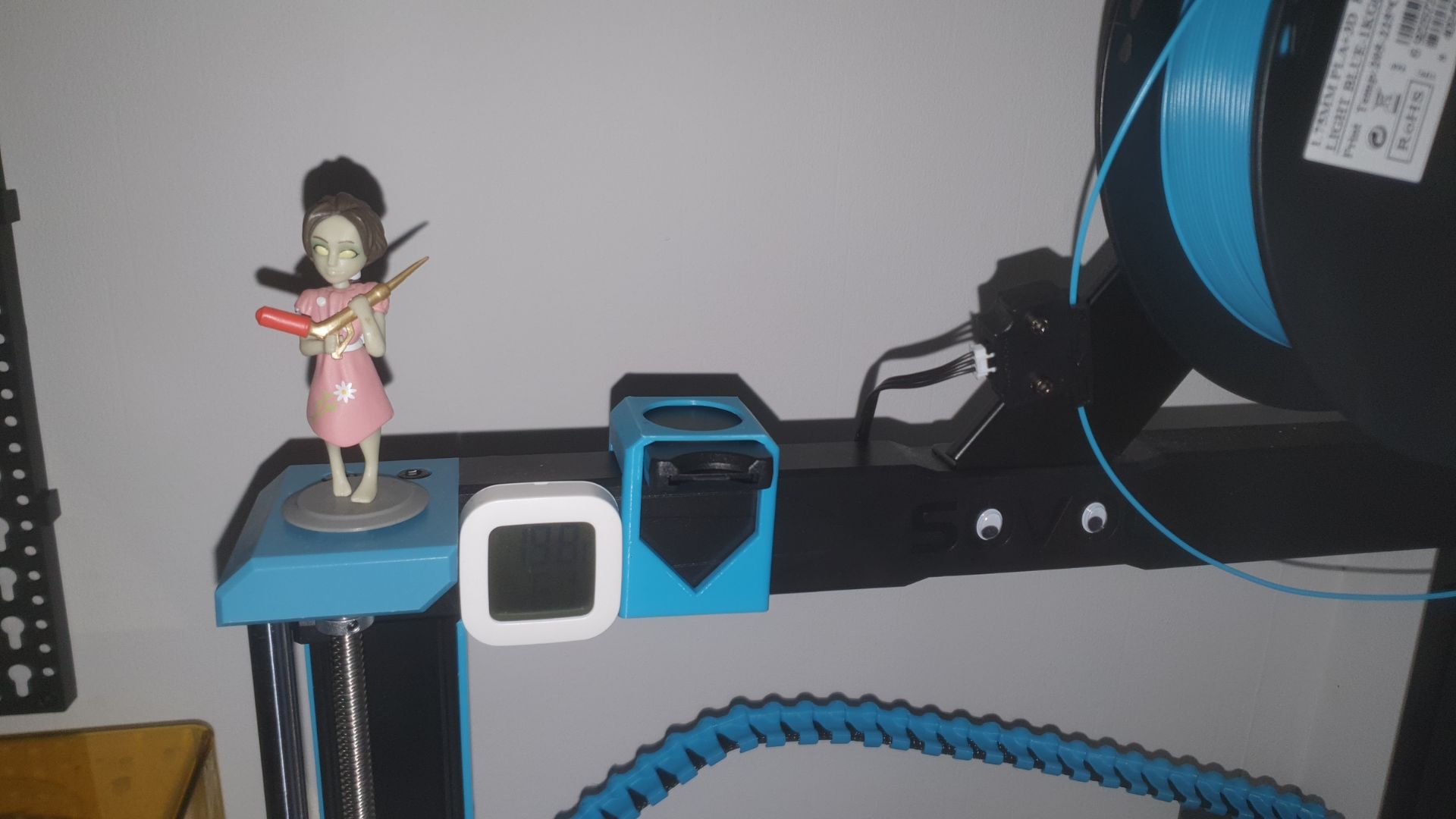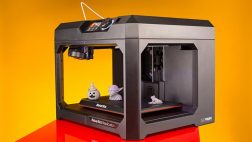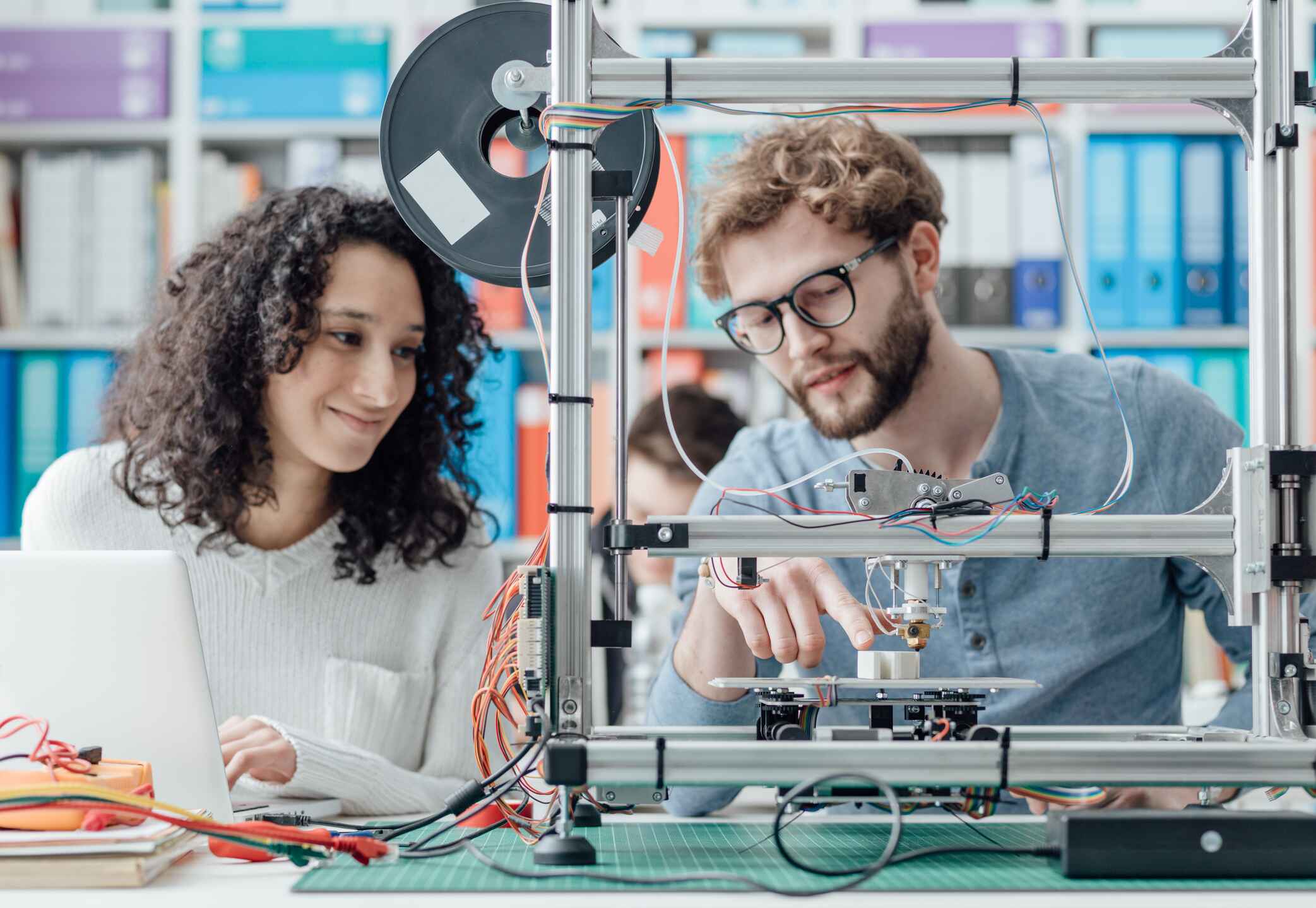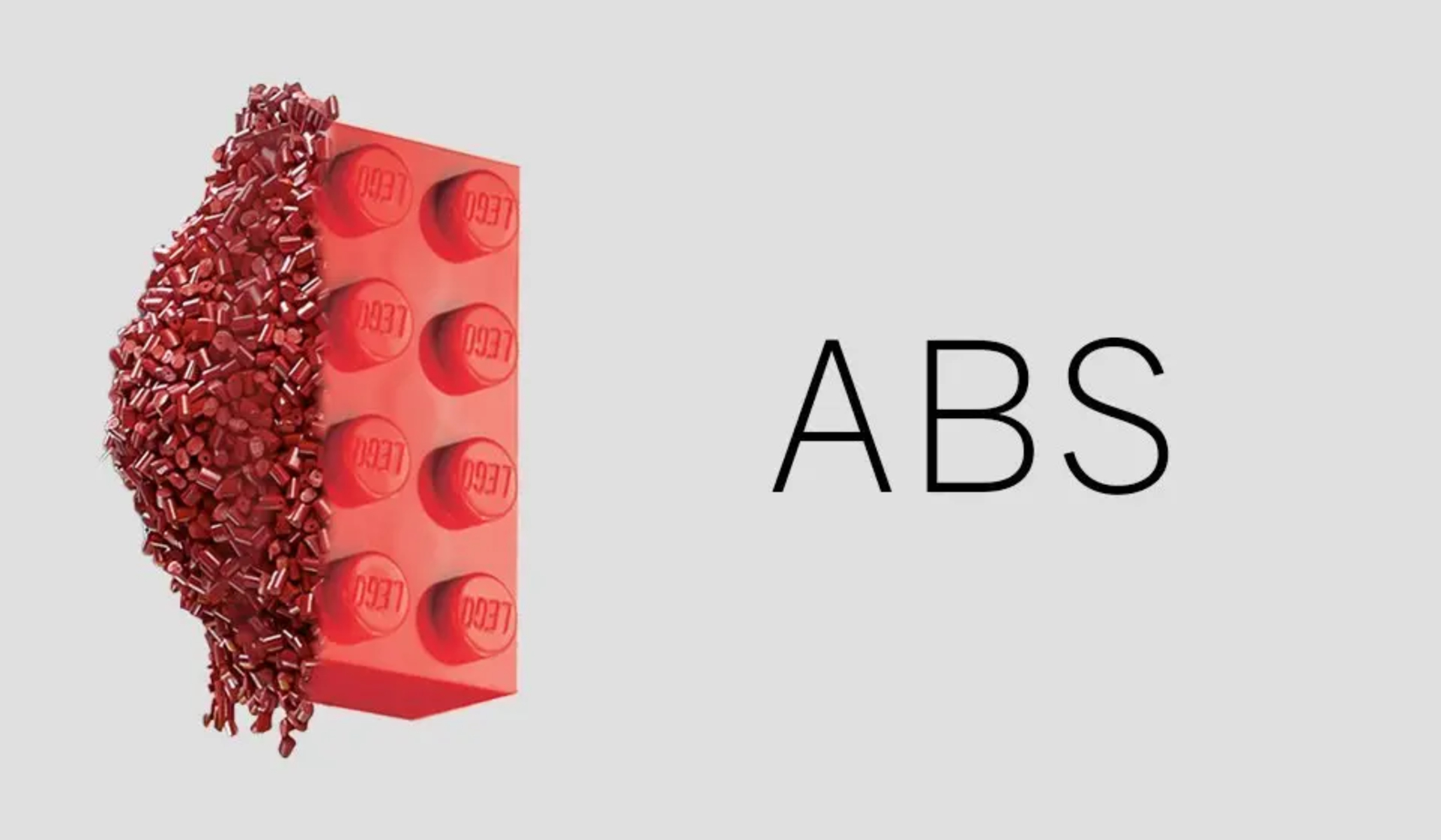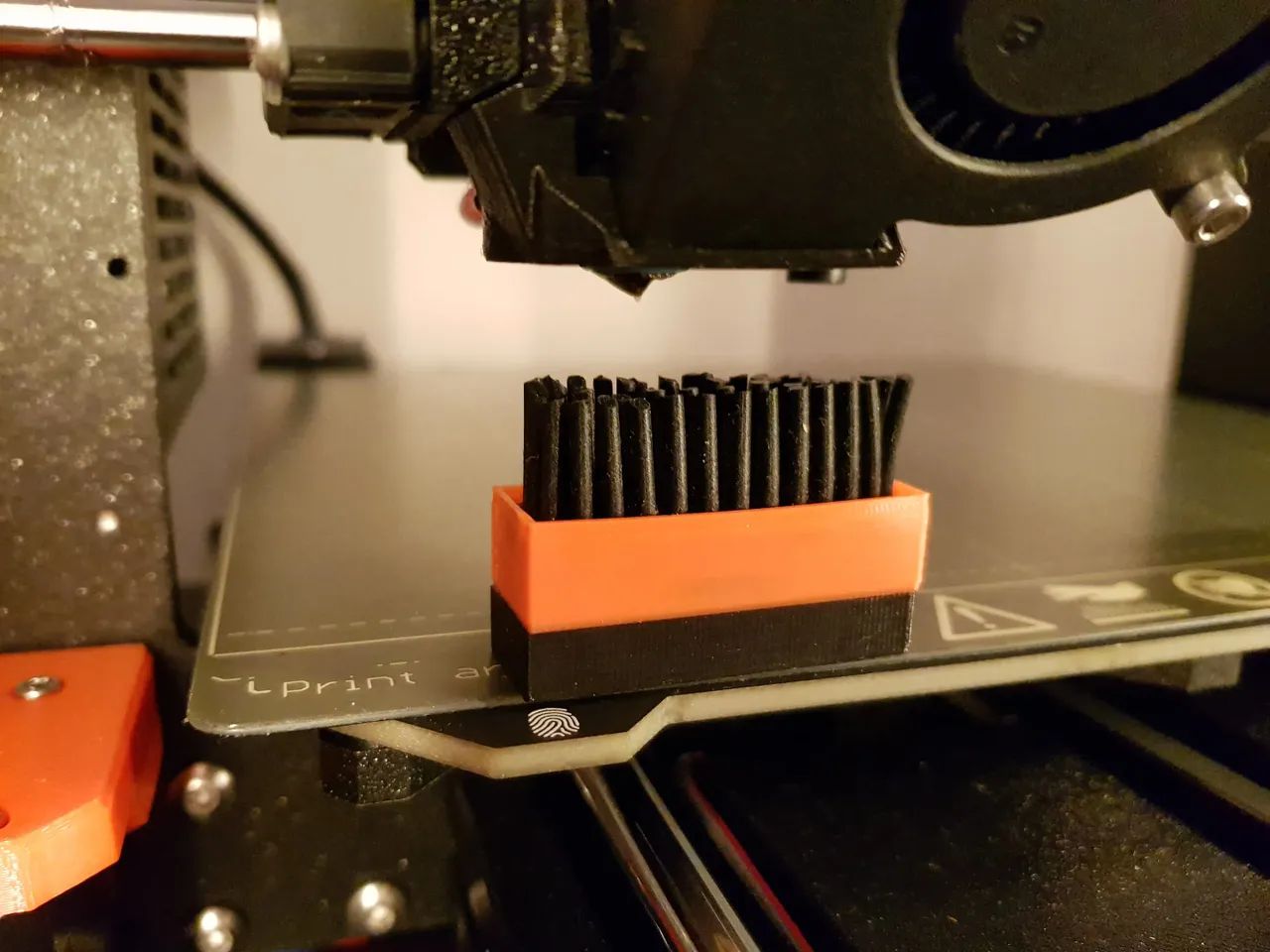Introduction
3D printing, also known as additive manufacturing, has revolutionized the way we create and produce objects. It is a process that allows the creation of complex three-dimensional objects layer by layer, based on a digital model. This innovative technology has gained tremendous popularity and is being utilized across various industries, ranging from healthcare and automotive to aerospace and fashion.
The concept of 3D printing has been around since the 1980s, but it is in recent years that it has truly taken off and become more accessible to individuals and businesses alike. What sets 3D printing apart from traditional manufacturing methods is its ability to translate digital designs into tangible objects quickly and efficiently.
With its numerous advantages, 3D printing has garnered attention and interest from industries worldwide. In this article, we will explore the reasons why 3D printing is becoming increasingly popular, and how it is transforming the way we manufacture and create.
From cost-effective manufacturing to customization and personalization, from rapid prototyping to intricate designs, 3D printing is pushing the boundaries of what is possible. Let’s dive in and explore the remarkable benefits and capabilities of this cutting-edge technology.
Cost-Effective Manufacturing
One of the key advantages of 3D printing is its cost-effectiveness compared to traditional manufacturing methods. Traditional manufacturing often involves expensive tooling and molds, which can be a significant initial investment. In contrast, 3D printing eliminates the need for these costly molds by directly building the desired object layer by layer. This not only reduces upfront costs but also allows for more flexibility in production.
Additionally, 3D printing enables on-demand manufacturing, meaning that products can be printed as and when needed, reducing the need for large inventory and storage costs. This efficiency can be particularly beneficial for small businesses or startups that may not have the resources for mass production.
Moreover, 3D printing allows for the optimization of material usage, minimizing waste and reducing overall production costs. Traditional manufacturing processes often result in substantial material waste due to the need for cutting or shaping raw materials. In contrast, 3D printing only uses the necessary amount of material required for the object, significantly reducing waste and saving on material costs.
Overall, the cost-effective nature of 3D printing makes it an appealing option for businesses looking to streamline their manufacturing processes and reduce expenses. With lower upfront costs, on-demand production, and material efficiency, 3D printing is revolutionizing the way we approach manufacturing.
Customization and Personalization
One of the most compelling aspects of 3D printing is its ability to enable customization and personalization on a whole new level. Traditional manufacturing methods often involve mass production, resulting in standardized products that may not meet the unique needs and preferences of individuals.
With 3D printing, customization possibilities are virtually endless. The technology allows for the creation of highly personalized objects, tailored to specific requirements and design preferences. Whether it’s a custom-fit prosthetic limb, a personalized phone case, or a one-of-a-kind piece of jewelry, 3D printing empowers individuals to bring their creative visions to life.
Additionally, 3D printing offers the flexibility to easily modify or iterate designs without incurring excessive costs or delays. This opens up new doors for designers and manufacturers, enabling them to respond quickly to customer feedback and adapt to changing market demands. From adjusting product dimensions to incorporating personalized engravings or unique patterns, 3D printing allows for unprecedented levels of customization.
Furthermore, the ability to create complex and intricate designs with 3D printing enables the production of objects that were previously unattainable through traditional manufacturing methods. From intricate textures and geometries in fashion and art to lightweight and high-strength structures in aerospace and automotive industries, 3D printing pushes the boundaries of what can be achieved.
Overall, the customization and personalization capabilities offered by 3D printing empower individuals and businesses to create truly unique and tailored products. From improving functionality to reflecting personal style, 3D printing revolutionizes the way we approach product design and manufacturing.
Rapid Prototyping
Rapid prototyping is a crucial stage in product development that involves the creation of physical prototypes to test and validate designs before moving into full-scale production. Traditionally, prototyping can be a time-consuming and costly process, often involving the creation of molds or tooling. However, 3D printing has revolutionized this phase by offering rapid prototyping capabilities.
With 3D printing, designers and engineers can quickly transform digital models into physical prototypes. This enables them to visualize and validate the design concepts, identify potential issues or flaws, and make necessary adjustments early in the development process. This iterative approach saves time, reduces costs, and enhances the overall efficiency of product development.
Additionally, 3D printing enables the creation of prototypes with complex geometries and intricate details that may be challenging or impossible to achieve through traditional prototyping methods. Objects with moving parts, intricate interlock mechanisms, or delicate structures can be accurately reproduced using 3D printing technology.
Moreover, by utilizing 3D printing for rapid prototyping, companies can significantly reduce the time it takes to bring a product to market. With rapid iteration and validation, design flaws can be identified and resolved quickly, allowing for faster product development cycles. This increased speed to market gives businesses a competitive edge in today’s fast-paced industries.
Furthermore, 3D printing allows for the production of functional prototypes. This means that not only can the design be visually evaluated, but the functionality and performance of the product can also be tested before investing in expensive tooling or mass production. This ability to create functional prototypes helps in making informed design decisions and mitigating potential risks.
In summary, 3D printing has revolutionized the rapid prototyping process, allowing for faster iteration, improved design validation, and reduced time to market. With its ability to quickly transform digital models into physical prototypes and the freedom to create complex geometries, 3D printing has become an indispensable tool in the product development pipeline.
Complex Geometry and Intricate Designs
One of the inherent advantages of 3D printing is its ability to produce objects with complex geometries and intricate designs that would be challenging or impossible to achieve through traditional manufacturing methods. Traditional manufacturing processes often involve limitations in terms of shapes and structures due to the constraints of molds, tooling, and machining.
With 3D printing, the possibilities are virtually limitless. Objects can be created with intricate details, complex interlocking parts, hollow structures, and organic shapes. This freedom of design opens up new creative opportunities in various fields, including architecture, product design, art, and even biomedical engineering.
For architects and designers, 3D printing allows for the exploration of innovative and elaborate architectural designs. Intricate lattice structures, organic shapes inspired by nature, and custom features can be easily realized with the technology. This enables architects to push the boundaries of what is possible in terms of aesthetics, functionality, and sustainability.
In the world of product design, 3D printing enables the creation of intricate and customizable products. From lightweight and high-strength components in the automotive and aerospace industries to intricately designed jewelry and fashion accessories, 3D printing gives designers the freedom to experiment and create unique pieces that were previously unattainable.
Biomedical engineering is another area where 3D printing is revolutionizing the field. Complex anatomical models, personalized medical devices, and even functioning organs can be 3D printed using advanced bioprinting techniques. This enables surgeons to plan and practice complex procedures, biomedical researchers to develop innovative solutions, and patients to receive personalized medical treatments.
By leveraging 3D printing’s ability to create objects with intricate designs and complex geometries, industries can push the boundaries of innovation and creativity. The technology offers new opportunities for customization, functionality, and sustainability, and is reshaping the way we approach design and manufacturing.
Reduced Material Waste
One significant advantage of 3D printing is its ability to minimize material waste during the manufacturing process. Traditional manufacturing methods often involve subtractive processes that require cutting, shaping, or molding raw materials, resulting in a significant amount of waste.
With 3D printing, the production is additive, meaning that objects are built layer by layer using only the necessary amount of material. This eliminates or drastically reduces the amount of waste generated in the manufacturing process. Unlike traditional methods where excess material is often discarded, 3D printing utilizes only the precise amount of material needed for the object being created.
Furthermore, 3D printing allows for the optimization of material usage. The technology enables the creation of complex geometries and internal structures that can maximize strength and durability while minimizing the amount of material required. This level of precision helps to minimize material waste and conserve resources.
Additionally, the nature of 3D printing facilitates the ability to recycle and reuse materials. Failed prints, unused prototypes, or even discarded objects can be recycled and used as input material for new prints. This closed-loop recycling process reduces the overall environmental impact associated with production and promotes a more sustainable manufacturing approach.
Reducing material waste not only has environmental benefits but also has economic advantages. By utilizing 3D printing to minimize waste, companies can lower material costs and improve their overall operational efficiency. This cost-saving potential is particularly valuable in industries where materials can be expensive or in high demand.
Overall, the reduced material waste offered by 3D printing allows for a more sustainable and resource-efficient manufacturing process. The technology’s additive approach, optimization of material usage, and ability to recycle materials contribute to a greener and more economically viable manufacturing ecosystem.
Faster Production Time
One of the significant advantages of 3D printing is its ability to significantly reduce production time compared to traditional manufacturing methods. Traditional manufacturing often involves numerous steps, including tooling, molding, and assembly, which can be time-consuming and labor-intensive. In contrast, 3D printing eliminates many of these steps and allows for streamlined and faster production.
With 3D printing, objects can be produced directly from a digital design file without the need for complex tooling or mold creation. This means that as soon as the design is finalized, production can begin immediately. This speed and efficiency are particularly beneficial in industries where time-to-market is critical, such as consumer electronics and automotive.
Moreover, 3D printing enables the production of multiple parts simultaneously in a single print run. This parallel printing capability allows for batch production, reducing the overall production time. For example, instead of creating each component of a product individually and then assembling them, 3D printing allows for the simultaneous production of all the parts in one go, significantly cutting down on assembly time.
Additionally, the ability to rapidly iterate and modify designs in 3D printing leads to shorter product development cycles. Design iterations that traditionally would have taken days or weeks can now be accomplished in a matter of hours. This agility in the design process ensures that products can be refined and brought to market faster, giving businesses a competitive edge.
Furthermore, 3D printing offers on-demand manufacturing capabilities, meaning that products can be printed as and when needed. This eliminates the need for large-scale inventory storage and reduces lead times, enabling businesses to respond quickly to customer demands and market fluctuations.
In summary, 3D printing’s ability to reduce production time is revolutionizing manufacturing processes. By eliminating complex steps, allowing for batch production, and facilitating rapid design iterations, 3D printing enables faster and more efficient production, giving businesses a strategic advantage in today’s fast-paced markets.
Accessibility and Convenience
Another significant benefit of 3D printing is its accessibility and convenience, making it available to a wide range of users. Traditional manufacturing methods often require specialized equipment, expertise, and facilities, making them inaccessible and costly for many individuals and businesses. On the contrary, 3D printing offers a user-friendly and cost-effective solution that democratizes manufacturing.
With the advancement of technology and the availability of affordable desktop 3D printers, more people now have the opportunity to harness the power of 3D printing. Hobbyists, educators, entrepreneurs, and even individuals at home can now create their own objects with ease. The user-friendly interfaces and simplified workflows of 3D printing software make it accessible to individuals with varying levels of technical expertise.
Furthermore, 3D printing allows for the easy sharing and distribution of digital design files. Online platforms and communities dedicated to 3D printing provide a vast library of designs that can be downloaded and printed by anyone with a 3D printer. This convenience eliminates the need for individuals to possess advanced design skills or spend time creating their designs from scratch.
Moreover, 3D printing offers convenience in terms of customization and production. Instead of relying on outsourcing or mass production, individuals and businesses can produce objects in-house, on-demand, and in the quantities required. This level of convenience simplifies the supply chain, reduces lead times, and eliminates the need for large-scale inventory storage.
Additionally, 3D printing contributes to convenience by allowing for the replication of hard-to-find or obsolete parts. Instead of searching for discontinued components or waiting for replacements to be manufactured, 3D printing enables the recreation of these parts in a cost-effective and time-efficient manner.
Overall, the accessibility and convenience offered by 3D printing make it an attractive option for individuals and businesses alike. The ease-of-use, availability of design files, in-house production capabilities, and the ability to replicate obsolete parts contribute to a more accessible, convenient, and efficient manufacturing process.
Transforming Industries
3D printing is transforming industries across the board, revolutionizing the way products are conceived, designed, and manufactured. From healthcare and automotive to aerospace and fashion, this innovative technology is leaving a profound impact on various sectors.
In the field of healthcare, 3D printing is making significant advancements. It is being used to produce customized and patient-specific medical devices, prosthetics, and implants, improving patient outcomes and increasing comfort and functionality. Surgeons are also leveraging 3D printing to create accurate anatomical models for pre-surgical planning, leading to more precise and successful procedures. The potential for 3D-printed organs and tissues is on the horizon, with researchers making significant strides in the field of bioprinting.
The automotive industry is also embracing 3D printing. Manufacturers are utilizing this technology to create lightweight and durable components, improving overall performance and fuel efficiency. 3D printing also enables the customization of car parts, making it possible to tailor vehicles to individual customers’ preferences. Additionally, the ability to produce spare parts on-demand reduces inventory costs and streamlines the supply chain.
In the aerospace sector, 3D printing is transforming the production of aircraft components. By 3D printing lightweight and complex structures, manufacturers can reduce the weight of aircraft, enabling fuel savings and increased efficiency. The technology also allows for rapid prototyping and iterative design improvements, reducing development time and costs. Furthermore, in-space 3D printing is being explored, with the potential to manufacture essential tools and spare parts during space missions.
Furthermore, the fashion and design industries are embracing 3D printing to push the boundaries of creativity. Designers are utilizing this technology to create intricate and unique fashion pieces that were previously unattainable. 3D-printed accessories, jewelry, and footwear are redefining the concept of wearable art and customization.
Other sectors, such as architecture, education, consumer products, and art, are also benefiting from 3D printing’s transformative capabilities. Architects are using 3D printing to create intricate and sustainable building models, educators are introducing 3D printing as a valuable learning tool, consumer products are becoming more customizable and made on-demand, and artists are stretching their creative boundaries with unique sculptures and installations.
Overall, 3D printing is transforming industries by enabling innovative designs, customization, and efficient production processes. Its impact is felt across various sectors, shaping the future of manufacturing and opening up new possibilities for creativity and efficiency.
Conclusion
3D printing, with its ability to bring digital designs into tangible objects, has revolutionized the manufacturing landscape. It offers numerous advantages, including cost-effective manufacturing, customization and personalization, rapid prototyping, creation of complex geometries, reduced material waste, faster production time, and accessibility. These benefits are transforming industries across the board, from healthcare and automotive to aerospace and fashion.
By eliminating the need for expensive tooling and molds, 3D printing has made manufacturing more cost-effective and accessible to businesses of all sizes. The technology enables customization and personalization, allowing for the creation of unique and tailored products. Rapid prototyping with 3D printing speeds up the product development cycle, helping companies bring their ideas to market faster. The ability to create complex geometries and intricate designs opens up new possibilities in design and functionality.
Furthermore, 3D printing reduces material waste by utilizing only the necessary amount of material while enabling the recycling and reusing of materials. It also offers faster production time through the elimination of complex manufacturing steps and the ability to produce multiple parts simultaneously.
Perhaps most importantly, 3D printing has become increasingly accessible, with user-friendly interfaces, affordable desktop printers, and online platforms for sharing and downloading designs. This accessibility and convenience democratize manufacturing, allowing individuals and small businesses to explore their creativity and produce objects in-house.
In conclusion, 3D printing is transforming industries by introducing new possibilities in manufacturing, customization, and design. With its numerous advantages and ongoing advancements, this innovative technology is set to reshape the future of production across various sectors. Whether it’s healthcare, automotive, aerospace, fashion, or beyond, the impact of 3D printing is undeniable, and its potential for innovation is limitless.







